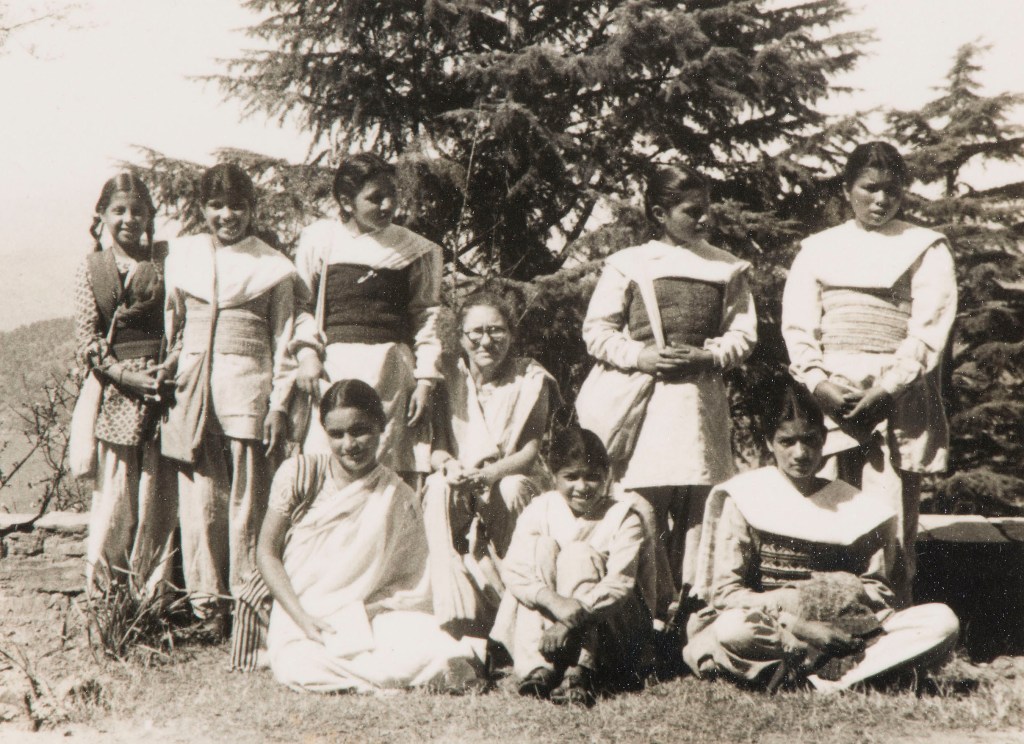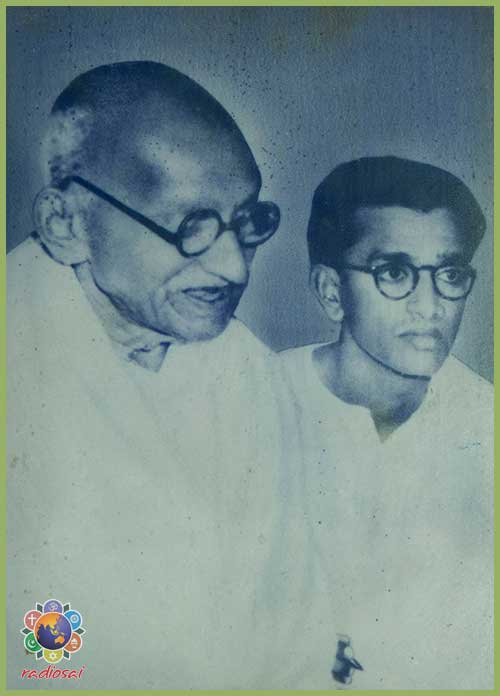
In most parts of India, March is usually the month when the big trees are in bloom. In cities like Delhi which have avenues of old trees, it is a delight to see the changing colours of the blooms on different trees. October however, is the month that is marked by the spectacular blooming of the Silk floss tree.
Sometimes mistaken for the Silk Cotton tree with its flamboyant red flowers, the Silk floss tree (Ceiba speciosa), is unique in many ways. The species was originally named Chorisia speciosa in 1828. The generic name Chorisia was in honour of Louis Choris, a Russo-German painter and explorer who was one of the earliest expeditionary artists (artists who accompanied military, exploring, and trade expeditions to document the expedition through sketches and paintings). He accompanied Otto von Kotzebue, a Baltic German navigator in Russian service on several expeditions across South America and Europe, and is said to have painted nature as he saw it. However, in 1998 the genus Chorisia was merged with the genus Ceiba (which is the Brazilian name for the tree). Speciosa means ‘beautiful’, or ‘splendid’ (Latin), alluding to its spectacular flowers. Thus, the currently accepted name for the species is Ceiba speciosa.
This grand ornamental deciduous tree is in fact native to Argentina and Brazil. With its bulging prickly trunk, exotic flowers, great height, and pods with pea-sized seeds and silky floss, this unique tree literally stands out from other trees.
The Silk floss tree begins as a young sapling with a small bulge near the base of the trunk that slowly enlarges as it grows. But the tree tapers again upwards of the bulge, reaching a height of anywhere between 50 to 70 feet, with wide-spreading branches. The immature trees have an attractive green bark, which turns grey as the tree ages, and its girth increases. The trunk and branches are characterized by the coarse sharp conical spines that cover it, but these fall off as the tree gets older. The spines not only protect the tree from climbing animals, they are also good dew collectors; they collect the moisture from the air that the drips down to the soil below, making the tree capable of surviving even in arid conditions. In dry regions, in ancient times, the presence of the ceiba trees indicated the presence of nearby water sources, which led to the establishment of human settlements where these trees grew.
It may take many years before the trees start to flower. But when they do, it is the flowers that make this tree a show-stopper. Each one as large as an open hand, the hibiscus-like flowers are usually in different shades of mauve-pink. The five petals envelope a delicate creamy-white centre. The flowers appear after the tree has shed its leaves, and they cover the branches with a profusion of blossoms that make for a spectacular sight. The nectar attracts pollinating insects such as butterflies and bees, as well as hummingbirds in their native South America.
It takes a Ceiba tree at least seven years to mature to produce its first seed pods. These woody avocado-shaped pods were called pochote by the Mayan people. The pods grow gradually, and then crack open, exposing pea-sized black seeds surrounded by flossy white fibres. It is this component that gives the tree its common English name Silk floss tree. In Hindi it is popularly known as resham rui (literally silk cotton). In pre-Hispanic times this fibre was important for making cloth. The floss was traditionally used for stuffing pillows and mattresses as this did not cause any allergies. In the 1940s it was also used to fill life jackets because of its buoyant properties and water resistant abilities. In the 1950’s it was used to fill automobile seats and upholstery. Over time it has been replaced by synthetic fibres.
Other parts of the tree also have multiple uses; the wood from the trunk has been used to make wood pulp; the light and flexible wood is suitable for making boxes, packing material and even canoes; while thin strips of the bark can be woven to make ropes, and the seeds pressed into edible and industrial oil.
As in all indigenous cultures, where people lived in close connect with their surroundings, this tree is associated with its share of myths and legends in its native lands. In Argentina the tree is commonly referred to as Palo Boracho, literally ‘drunken stick’ referring to its swollen trunk that tends to lean on one side.
In Bolivia this tree is called Toborochi which means ‘tree of refuge’ or ‘sheltering tree’. A beautiful legend explains why this is so.
When the world was still very new, the Aña, or spirits of the darkness, liked to abuse and kill humans. When they found out that Araverá, the beautiful daughter of a native chief, cacique Ururuti, who had married the god Colibri (Hummingbird), was pregnant and would give birth to a son, the spirits were alerted. The spirits believed the son would punish them when he grew up, so they decided to kill Araverá. With the help of a flying seat her husband Colibrí had given to her, Araverá fled from the village, but the evil spirits followed her and harassed her wherever they found her hiding.
Finally she was so exhausted that she decided to hide in the trunk of a Toborochi tree. Sheltered within, feeling secure and at peace, she gave birth to her son. The boy grew up and fulfilled the prophecy, killing the spirits and avenging his mother. But as the gods had decreed, Araverá, could never come out of hiding, and had to stay inside the tree until she died.
But as the legend goes, while forever buried in the bulging trunk of a Toborochi, Araverá does come out, in the shape of a beautiful flower that attracts hummingbirds. And thus, she keeps contact with her husband.
While the tree is indigenous in South America it is also native to Central America, where the ceiba or yaxché, is considered as the sacred tree of the Mayas, a place to withdraw for meditation. The Mayans believed that the ceiba tree connected the different levels of the universe, from the underworld to the sky. The story is told of a mythical ceiba tree that functioned as the axis or centre of the world, encompassing the three planes of the universe: the roots are Xibalba, the underworld, the trunk and branches are Cab or the terrestrial level, and the bird Quetzal, perched on top of its canopy, the sky. Once again, reinforcing the link between the flowers and the birds. The Ceiba is thus a tree of life that plays an important part in ceremonies, art and mythology.
Though far from their native lands, the Silk floss trees which have taken roots in other parts of the world, are a majestic symbol of the ancient spirit of trees of life. And nothing is a better reminder of this than the magnificent flowering of these towering trees.
–Mamata







